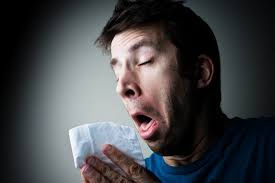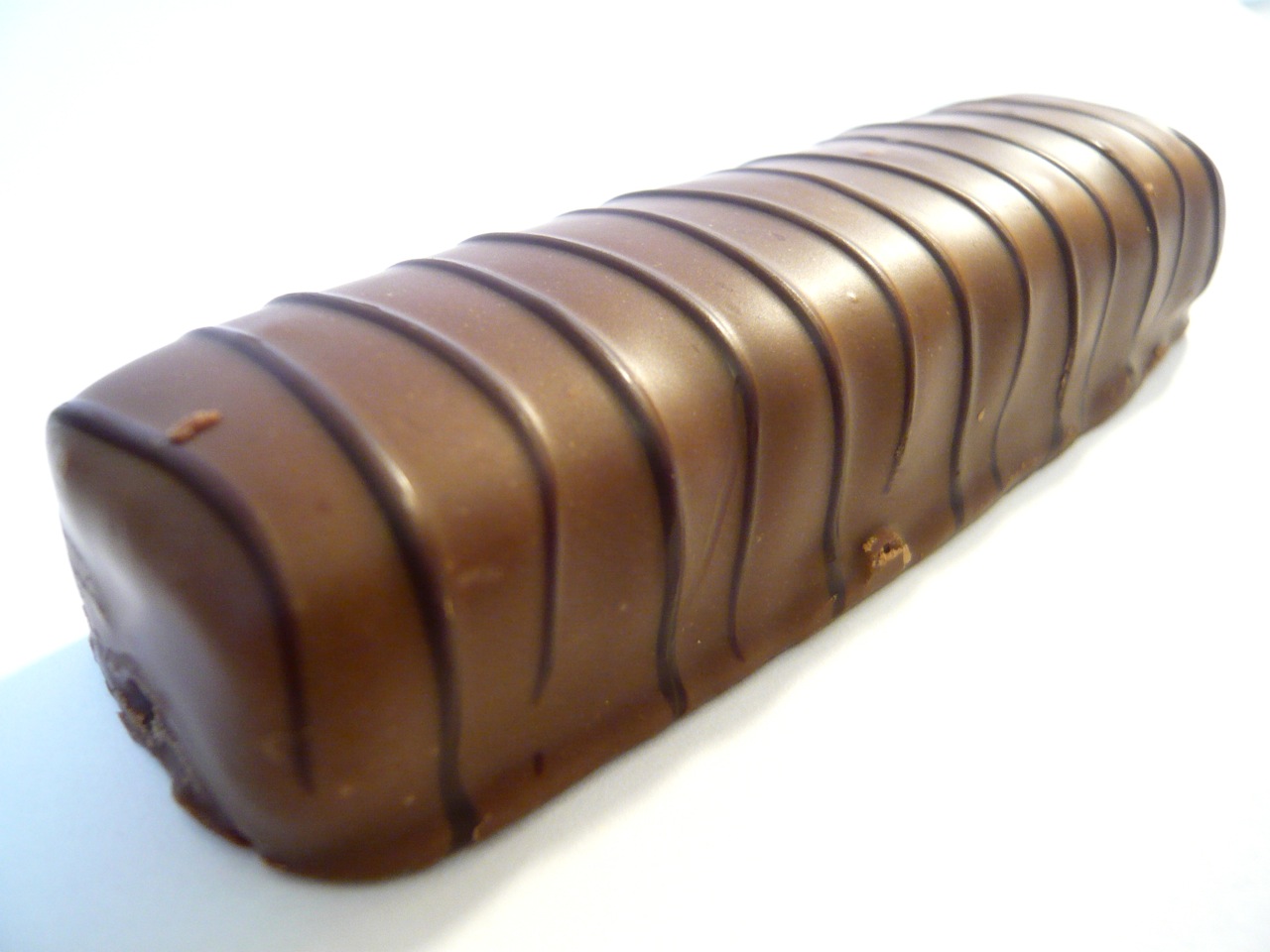 While I was on a hiking trip with my uncle this past summer, the colder climate at the top of the Sierra Mountains began to bother me, especially when it got chillier at nights, for I’m really not a big fan of big weather. My Uncle Jeff advised me to eat nuts before I went to bed, saying their natural fats would keep me warm. Seemed weird, but I took his advice and ate the nuts anyways, and was able to fall into a deep, warm sleep.
While I was on a hiking trip with my uncle this past summer, the colder climate at the top of the Sierra Mountains began to bother me, especially when it got chillier at nights, for I’m really not a big fan of big weather. My Uncle Jeff advised me to eat nuts before I went to bed, saying their natural fats would keep me warm. Seemed weird, but I took his advice and ate the nuts anyways, and was able to fall into a deep, warm sleep.
Such weird advice, but it worked! Although my story serves as an anecdote, and provides no scientific evidence, there is a reason why fatty foods keep us warmer. How you may ask? First of all, when our body digests food, it generates or produces heat, which helps keep us warm. With fats being harder for one’s body to break down, it takes longer for these foods to be digested, hence keeping one’s body warmer for longer. Nuts, and other fatty foods, contain healthy fats and a great source of omega-3s, Characteristics such as these assist in regulating our body temperature, keeping us at a state of homeostasis, which can be useful in situations, such as being on a chilly mountainside.
Brown fat, or what is commonly referred to as “the good fat,” is one of three types of fat found in humans (the others being yellow and white fats) and is the form of fat who’s main purpose is to produce heat. Dr. André C. Carpentier ofUniversite de Sherbrooke and his team attempted to find out what prompts the little levels of brown fat we humans have to produce heat, and cold seems to be the best cause. The hypothesis that cold could ‘jump start’ brown fat’s production of heat was then reaffirmed with the conduction of Carpentier’s team’s research, an experiment that included six young males who ranged from normal to obese in weight, measuring the levels of brown fat contained by each before the experiment. The men were placed into cooling suits which lowered the temperature of their skin by 3.8 Celcius. The researchers found that it was once the men began to shiver that an increase of calories began to be burned, in turn generating more body heat than before. Capabilities such as this demonstrate brown fat’s ability to not only keep one warm, but how it can assist in the burning of calories, conveying how it is good for one’s overall health as well. This conclusion corresponds and fits the hypothesis stated by Carpentier and his research team, but it is necessary to notice the limitations of this experiment. Only six males were included in this experiment, excluding the opportunity to see a greater pattern among a larger group, and also excluding the female gender. However, more progress has been made to find how foods containing brown fat can assist in keeping one warm.
It is necessary for one to realize that indulging in fatty foods must be done properly, or with healthy fats, and in moderation to prevent weight gain. People in our generation especially, tend to panic when hearing the word “fat,” but it is necessary to realize the benefits of adding healthy fats to one’s diets. Lists such as those featured on <a href=”http://www.self.com/flash/recipes-blog/2012/01/four-foods-to-help-you-stay-wa/”> Shape’s </a> website include fatty foods that one’s body can benefit from, especially during the winter months. So eat in moderation, and go nuts!
“Brown Fat – Keeps You Warm And Keeps You Slim.” Medical News Today. MediLexicon International, 25 Jan. 2012. Web. 21 Oct. 2014.
Suzanne, CTD. “The 12 Best Foods to Store That Will Keep You Warm.” The Shooters Log. The Shooters Log, 30 Oct. 2013. Web. 21 Oct. 2014.






 I love chocolate as much as the next person, but that does not necessarily mean I should be eating it on a daily basis. Or does it? The New York Times recently reported on a study completed by Louisiana State in which researchers mocked a human digestive system in glass containers, one containing an imitation of the stomach and small intestine, the other resembling the large intestine. When cocoa powder was added to the “digestive system,” with the stomach and small intestine, some of the flavonols, or supposedly natural reducers of disease, were digested, while a significant amount were not.
I love chocolate as much as the next person, but that does not necessarily mean I should be eating it on a daily basis. Or does it? The New York Times recently reported on a study completed by Louisiana State in which researchers mocked a human digestive system in glass containers, one containing an imitation of the stomach and small intestine, the other resembling the large intestine. When cocoa powder was added to the “digestive system,” with the stomach and small intestine, some of the flavonols, or supposedly natural reducers of disease, were digested, while a significant amount were not. With the seemingly endless pressure of conforming to societal beauty standards, there has been an increase in the mannerisms in which one is able to improve their physical attractiveness. With the introduction of LaserSculpt, a less invasive version of Liposuction, there has been an increased sense of interest in the process of removing body fat.
With the seemingly endless pressure of conforming to societal beauty standards, there has been an increase in the mannerisms in which one is able to improve their physical attractiveness. With the introduction of LaserSculpt, a less invasive version of Liposuction, there has been an increased sense of interest in the process of removing body fat. Sometimes if I need to get my thoughts going, going out for a run or completing a quick workout is the best way to get thinking. This seems to be a rather common solution, Science Mag recently reported the possible existence of a positive correlation, or link, between exercise and brain functioning. In exercising and the building up of muscle tissue, a protein named FNDC5 is released into the bloodstream. Bruce Spiegelman came across the presence of FNDC5 and another related protein, PGC-1α, and concluded the possibility that these two substances are involved in the development of neurons.
Sometimes if I need to get my thoughts going, going out for a run or completing a quick workout is the best way to get thinking. This seems to be a rather common solution, Science Mag recently reported the possible existence of a positive correlation, or link, between exercise and brain functioning. In exercising and the building up of muscle tissue, a protein named FNDC5 is released into the bloodstream. Bruce Spiegelman came across the presence of FNDC5 and another related protein, PGC-1α, and concluded the possibility that these two substances are involved in the development of neurons.
